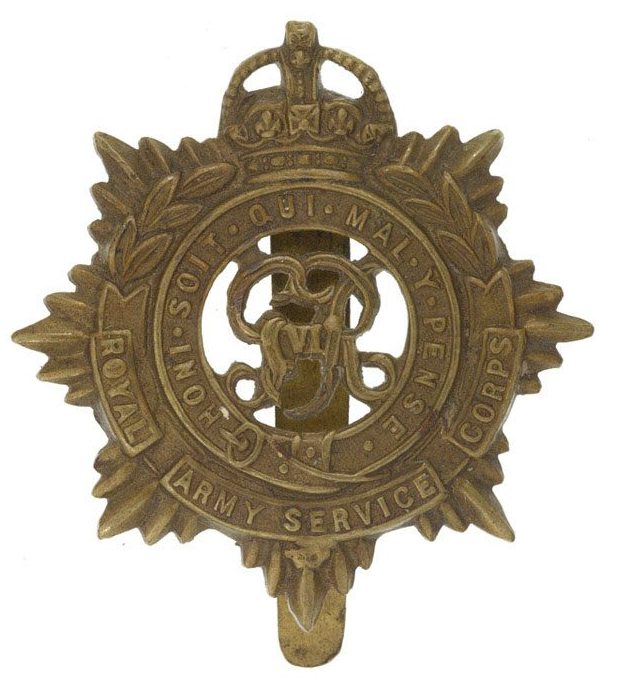Personal Details
Born: 23 July 1886 in Whitchurch, Shropshire and baptised 27 August at St Alkmund`s Parish Church, Whitchurch.
Family: He was the fifth child born to Henry Powell, a tailor, and his wife Emma. He married Alice Emily Florence Hood in 1912 in Whitchurch, Shropshire. The couple had two children, Herbert P. and Arthur H.
Residence: At the time of his baptism in 1886 his family were living at Virgins Inn, Chester Road, Whitchurch, Shropshire. They were still in Chester Road in 1891 but by 1901 the family had moved to Nantwich Road, Whitchurch. In 1911 Herbert was living with his widowed mother at White Cottage, Cemetery Road, Whitchurch. The 1919 Absent Voters’ Register showed an address of 13b Bark Hill, Whitchurch. In 1939 his address was 87 Holgate Road, Nottingham; this continued to be his home until his death in 1942.
Employment: In 1901 he was a grocer`s apprentice and in 1911 a jobbing gardener. He was still a gardener in 1939.
Died: 4 January 1942 in Nottingham, aged 55.
Military Details
Regiment: Royal Army Service Corps
Rank: Private
Service Number: M/341452
Date of Enlistment: Not known, but possibly some time after 31 August 1917
Date of Discharge: Not known
Reason for Discharge: Not known
Herbert was awarded the Campaign Medals (Victory and British War Medals)

The British War Medal (also known as 'Squeak') was a silver or bronze medal awarded to officers and men of the British and Imperial Forces who either entered a theatre of war or entered service overseas between 5th August 1914 and 11th November 1918 inclusive. This was later extended to services in Russia, Siberia and some other areas in 1919 and 1920. Approximately 6.5 million British War Medals were issued. Approximately 6.4 million of these were the silver versions of this medal. Around 110,000 of a bronze version were issued mainly to Chinese, Maltese and Indian Labour Corps. The front (obv or obverse) of the medal depicts the head of George V. The recipient's service number, rank, name and unit was impressed on the rim.
The Allied Victory Medal (also known as 'Wilfred') was issued by each of the allies. It was decided that each of the allies should each issue their own bronze victory medal with a similar design, similar equivalent wording and identical ribbon. The British medal was designed by W. McMillan. The front depicts a winged classical figure representing victory. Approximately 5.7 million victory medals were issued. Interestingly, eligibility for this medal was more restrictive and not everyone who received the British War Medal ('Squeak') also received the Victory Medal ('Wilfred'). However, in general, all recipients of 'Wilfred' also received 'Squeak' and all recipients of The 1914 Star or The 1914/1915 Star (also known as 'Pip') also received both 'Squeak' and 'Wilfred'. The recipient's service number, rank, name and unit was impressed on the rim.

